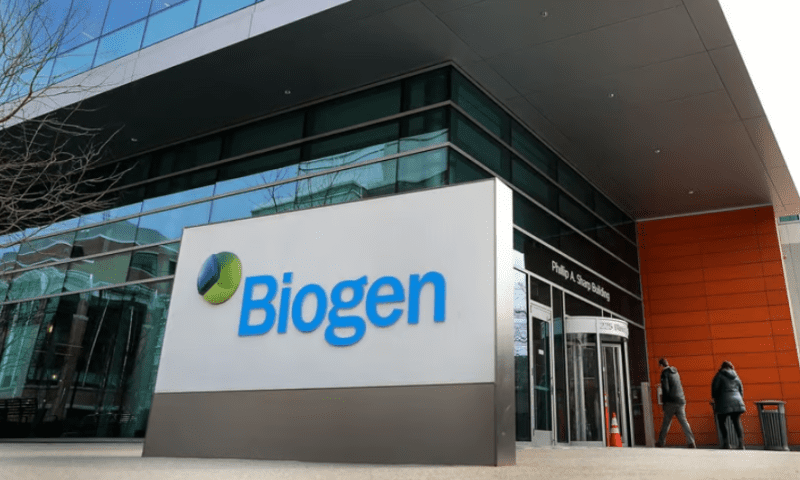Add Aug. 5 to your diaries. That is the FDA’s decision date for the approval of Biogen and Sage Therapeutics’ zuranolone, which the agency has accepted for priority review as an oral treatment of major depressive disorder (MDD) and postpartum depression (PPD).
Biogen and Sage began a rolling submission for zuranolone in MDD in May. At that time, the partners planned to submit an associated filing in PPD in the first half of 2023. In the end, the team wrapped up submissions in both indications late last year—and has been rewarded with a FDA decision date that keeps alive its hopes of launching zuranolone in the second half of 2023.
The FDA’s acceptance of the submission is the latest milestone in Sage’s bid to recover from the failure of a phase 3 clinical trial of zuranolone in MDD in 2019. Biogen came on board in 2020, and, together, the pair executed a three-pronged R&D program that was originally designed to get the molecule to market in 2022. While the partners missed that target, they now have the finish line in sight.
“We see potential for zuranolone, if approved, to be a meaningful new option that can help address the serious unmet need faced by the diverse populations struggling with MDD and PPD,” Priya Singhal, M.D., head of development at Biogen, said in a statement. “The FDA filing acceptance and granting of priority review are important milestones in the mission Biogen and our collaboration partner Sage share to advance the understanding and treatment of depression.”
Biogen and Sage are seeking approval on the strength of their five studies in MDD and two trials in PPD plus a midphase MDD trial Shionogi ran in Japan. As the developers see things, the data position the drug candidate to transform how MDD, notably partial responders and patients with elevated anxiety and adherence challenges, and PPD are treated.
Sage plans to share more data from one of the MDD studies, SHORELINE, around the middle of the year, plus further analyses of results from across all the trials throughout 2023. The analyses will cover health economics, patient-reported outcomes and other factors that could be important as the partners try to persuade payers to cover the drug.

